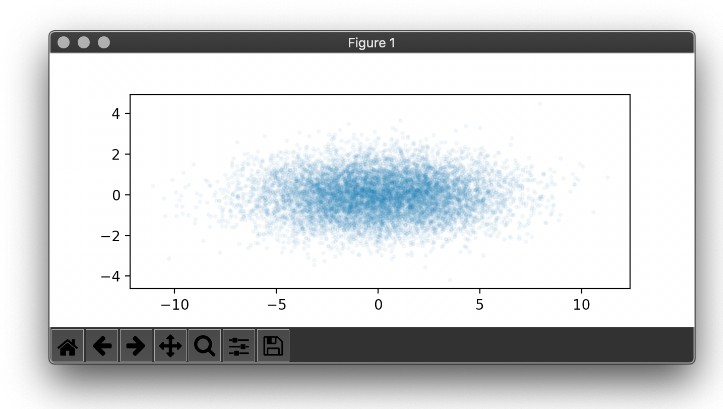Economics Observatory Visualisation Repository
Here you will find all the data visualisations and infographics attached to our articles published on the Observatory website. Each visualisation is published under an open source MIT licence, and you are free to reuse/reproduce/redistribute, with attribution.
? Visualisations
We try to follow industry best-practices in data visualisation and try to establish our very own visualisation guidelines for all chart types. You can read about these, as well as the tools we use in ?visualisation guidelines .
Structure
Under articles each visualisation has their own folder, and within that folder you will find separate subfolder for the data (in csv format) , the visualisation (in json), and in some cases accompanying HTML, CSS and JavaScript. The naming convention for articles is yyyy-mm-dd-<ARTICLE_ID>. We try to maintain that <ARTICLE_ID> matches the URL permalink of the article from the website.
Each figure in the article is typically a separate visualisation and has their own (usually Vega-lite or Vega, but sometimes a D3plus or eCharts) json specification. We normalize the data and compile the visualisations using the parser.ipynb Jupyter notebook.
rawcontains the original data, as we have received it from the author (depending on the circumstances, this might not always be public)datacontains the normalised data and it is typically the output of theparser.ipynbvisualisationcontains:- a
<FIGURE_ID>.json(or.jsfor the case of D3plus visualisations) file for each visualisation (typically one for each figure in the article) - an automatically generated
<FIGURE_ID>.HTMLfile for direct embedding - whenever data compatibility issues are likely to arise, or the data cannot be formatted using simple data manipulation (e.g. Vega data transforms) only, we also generate a file ending in
_local.json, where all data is stored as a staticJavascript Objectinside thejsonfile (this is the safest but also the slowest)
Embedding
Furthermore, we maintain a viewer.html that can take a data source parameters as its URL hash. E.g. visiting https://economicsobservatory.github.io/ECOvisualisations/viewer.html#articles/2021-04-14-a-year-in-the-uk-labour-market-whats-happened-over-the-coronavirus-pandemic/visualisation/fig5_absent_from_work will open the viewer for Figure 5 of this article. This is the recommended way for embedding our visualisations on other sites.
? Data
All of our chart data are published under their respective article subfolders, but on top of that we also operate the ECOdataHUB, where you will find a trove of data used in our articles and analyses, as well as interactive visualisation exploration interfaces. Whenever possible, we try to follow a TIDY format. You can read about our data zen in ?data guidelines.
? Build
To learn about the technologies used or build a similar charts like this you can follow the instructions on the guidelines page. If you discovered any bugs or have any specific suggestions or feature requests please use the Issues page.
? Contact
The Economics Observatory is run out of the University of Bristol and you can read more about us here. For any technical or visualization-related questions you may contact Dénes. For economics-related queries and anything else about the site content, or further collaborations, you may contact Charlie.
? Reference
If you would like to use the site as an information source or any of the visualizations or the data presented, you are free to do so under an MIT licence (you're free to modify anything, as long you as you mention us). Furthermore, the content of all of our articles presented on the Economics Observatory website is shareable under a Creative Commons ShareAlike 4.0 license.
If you would like to refer to it in publications or other scientific works of any kind, please use the following style:
Title of article or chart, Economics Observatory, 2021,link to article or chart, published on:publication date, accessed on:access date










